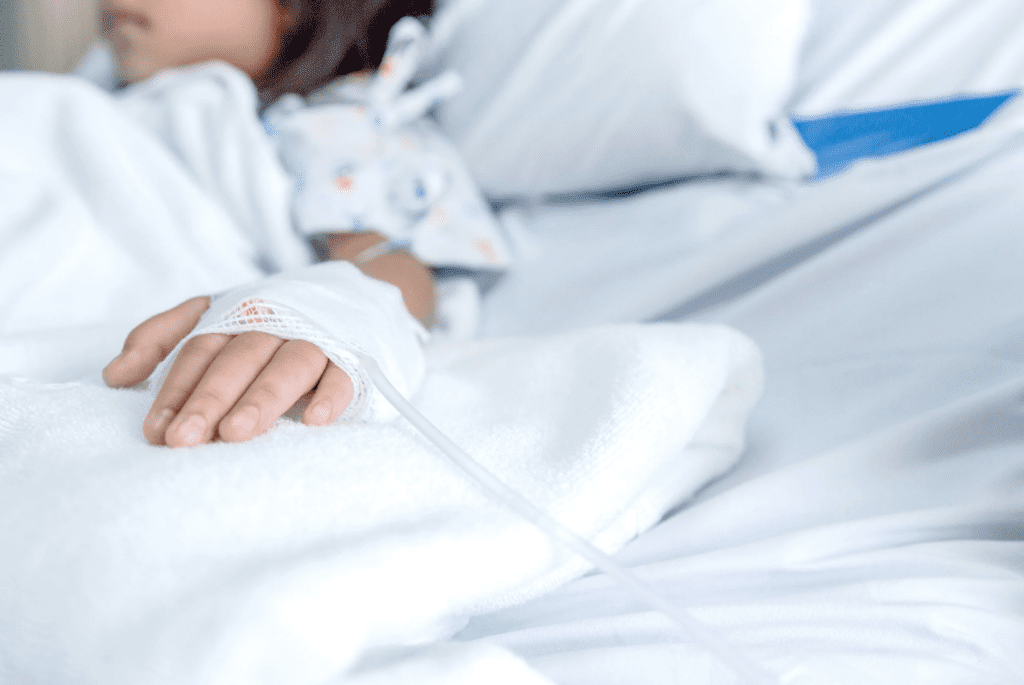

Icelandic Study: Less than 0.06% of Children Experience Severe Covid Symptoms
Since the early days of the pandemic, evidence has consistently shown that Covid poses almost no risk to children. A major British study from last year estimated the survival rate for under 18s as 99.995%, and found that three quarters of under 18s who died from Covid had a serious underlying health condition.
Deaths are (relatively) easy to count. But what about severe symptoms that don’t result in death – how many children experience those? A new Icelandic study provides the answer.
The study, authored by Valtyr Thors and colleagues, has one key advantage over previous studies: thanks to Iceland’s small population and comprehensive record-keeping, the authors were able to identify all children infected with Covid up to August 31st 2021 (or very nearly all).
This allows them to put upper bounds on the proportion of children who experience particular outcomes, such as death, hospitalisation or severe symptoms. It also means their findings can’t be attributed to selection effects whereby certain types of children were more or less likely to take part.
In total, 1,742 children aged under 18 tested positive (and reported symptoms) during the study period. This might seem low, but remember that Iceland didn’t see its first major outbreak until December of 2021.
Thors and colleagues’ main results are shown in the table below. Note: the criteria for “mild”, “moderate” and “severe” symptoms are those given by the WHO (see Table 6.3 here).


The first thing to notice is that not a single child experienced severe symptoms (and hence not a single child was hospitalised or died). Since there were 1,742 in total, this means the proportion of children who experience severe symptoms from Covid is less than 1 in 1,742 or 0.06%. (This proportion could be somewhat lower or higher for other ethnic groups, the authors note.)
The fact that not a single child experienced severe symptoms is noteworthy, given that 5.5% of those who became infected had an underlying health condition, such as asthma, immunodeficiency or congenital heart disease.
Looking back at the table, only 4.6% of children experienced even moderate symptoms, and more than 1 in 5 were completely asymptomatic. Interestingly, those aged 4–13 were more likely to be asymptomatic than both younger and older children.
An important caveat is that Icelandic 16–17 year olds were vaccinated in April and May of 2021, which may have reduced the severity of symptoms in this group toward the end of the study period. However, this is unlikely to have had much impact on the results, since the vast majority of data correspond to unvaccinated children and/or the period prior to vaccination.
Thors and colleagues’ study shows that Covid is not only extremely unlikely to kill children, it’s also extremely unlikely to make them seriously ill. It therefore raises further doubts about the benefits of giving the vaccine to healthy children.







